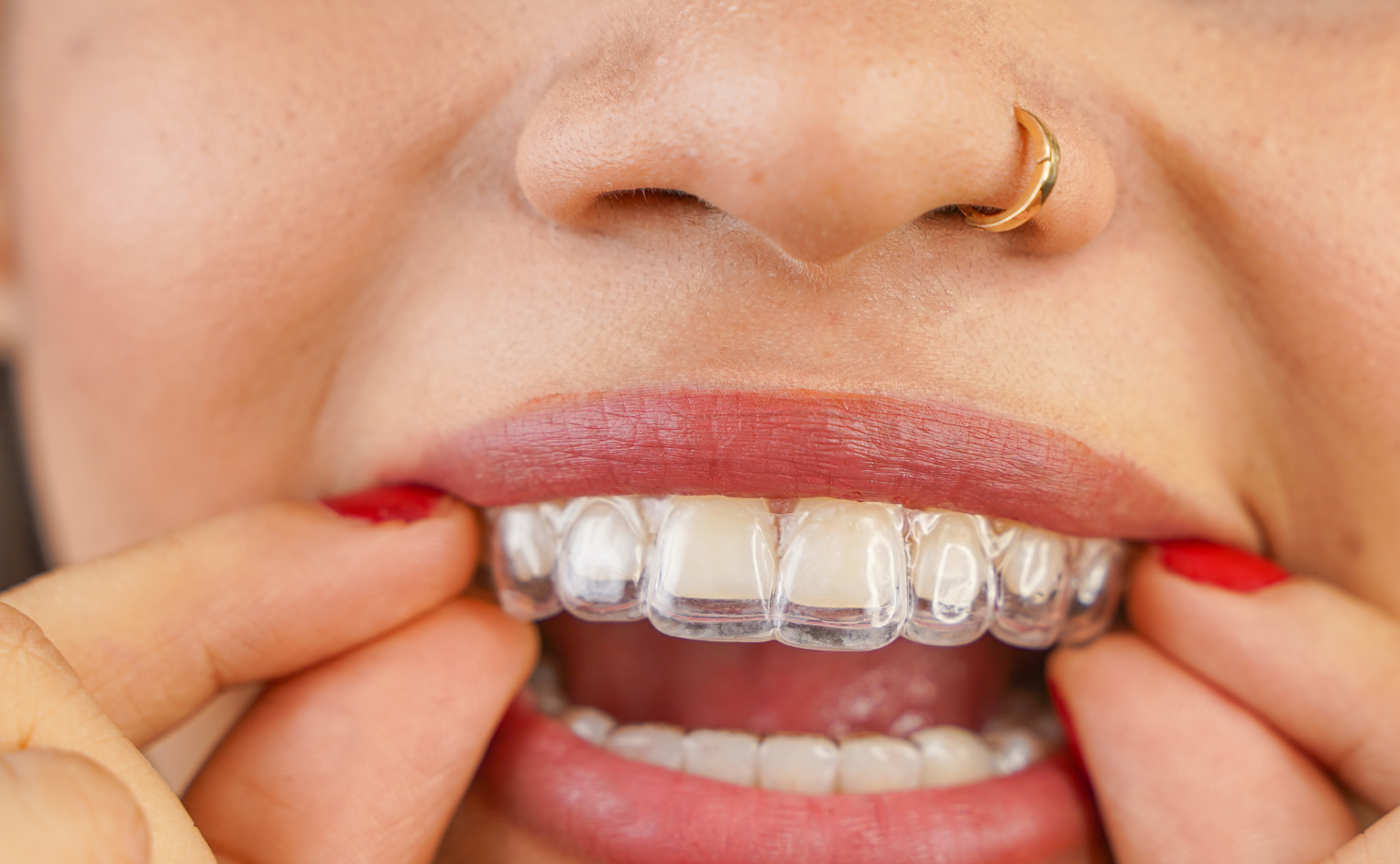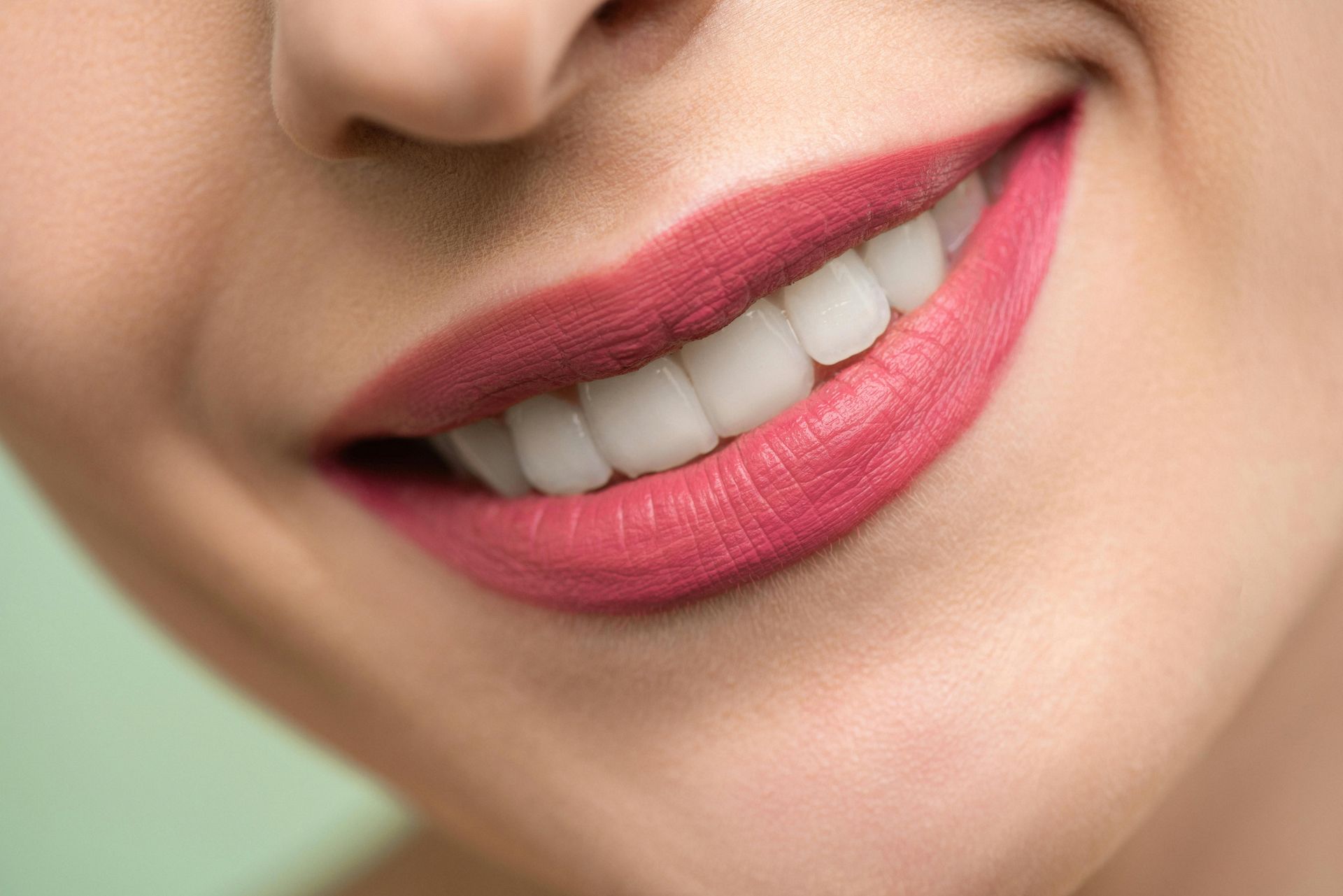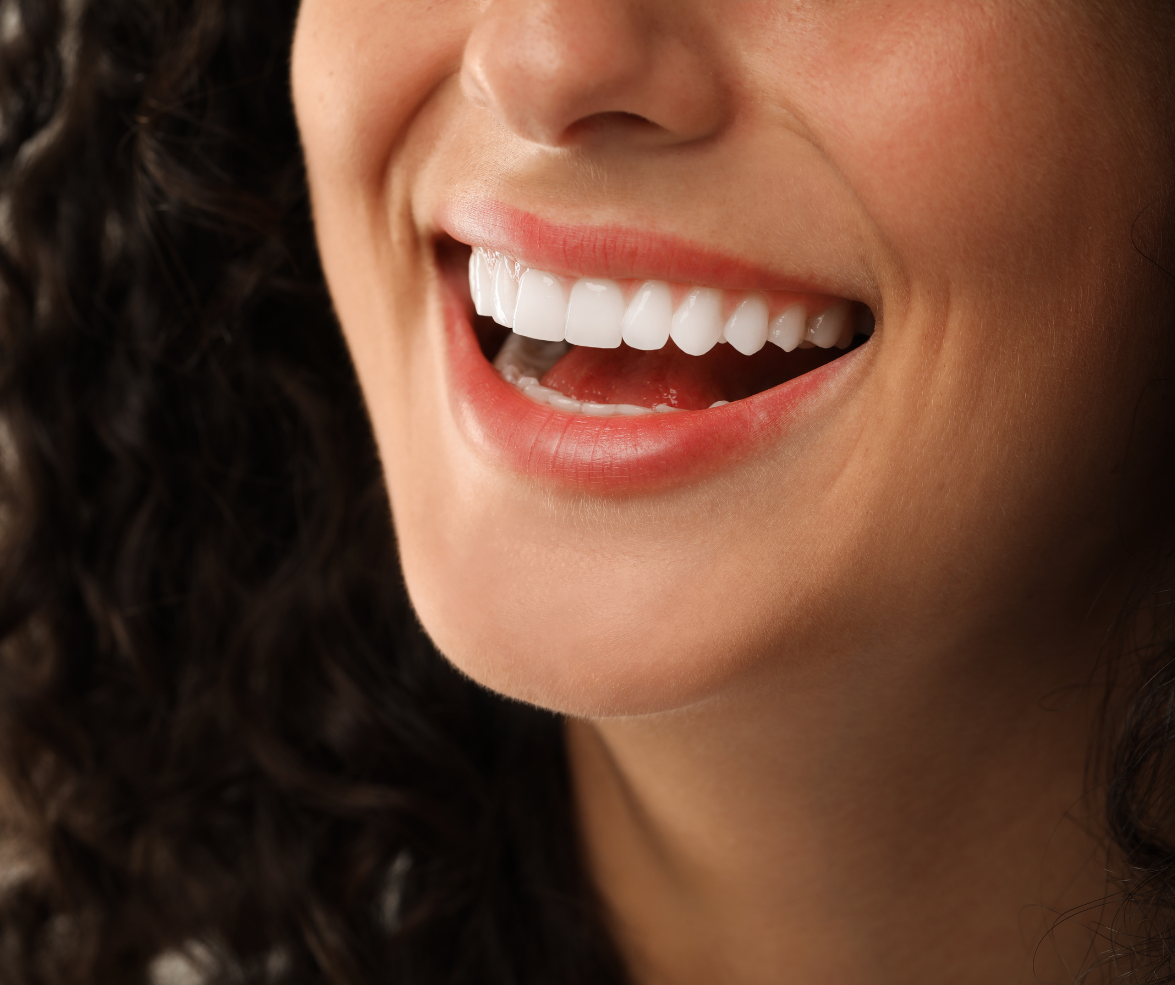Invisalign in Austin for a Perfect Smile: How to Find the Best Dentist for You
Key Takeaways:
- Invisalign offers a discreet, removable, and faster alternative to traditional braces.
- Benefits include invisibility, flexibility, and fewer dental visits.
- Choose an Invisalign provider with proven expertise, certifications, and strong reviews.
- Key factors to consider: technology, cost transparency, convenience, and personal rapport.
- Austin Elite Smiles excels in advanced tools, flexible payment plans, and exceptional patient care
Your smile is your best accessory—it’s the first thing people notice and the last thing they’ll forget. If you’ve been dreaming of straight teeth without the hassle of braces, Invisalign might be the clear solution (pun intended!) you’ve been waiting for. But here's the catch: achieving your dream smile isn’t just about choosing Invisalign—it’s about choosing the
right Invisalign provider in Austin Texas. With so many dentists offering the treatment, finding the best fit for you can feel like a needle in a haystack. Let’s break it down and guide you toward your perfect match, one step at a time.
What is Invisalign and Why is It So Beneficial?
Invisalign is a modern orthodontic treatment that uses custom-made, clear aligner trays to straighten teeth. Unlike traditional metal braces, Invisalign aligners are nearly invisible and can be removed while eating, brushing, or flossing. Designed with advanced 3D imaging technology, each aligner is crafted to gradually shift your teeth into their ideal position.
The benefits? Oh, they’re plenty! For starters,Invisalign is incredibly discreet—perfect for adults and teens who want a subtle solution to crooked teeth. Additionally, the removable design allows for greater flexibility in daily life—enjoy all your favorite Austin tacos without worry! Clinical studies have shown that
Invisalign can often straighten teeth faster than traditional braces. Plus, fewer office visits mean less time spent in the dentist’s chair and more time exploring the vibrant Austin scene.
Find the Best Invisalign Provider in Austin for Your Dream Smile
When it comes to Invisalign, the provider you choose is just as important as the treatment itself. Sure, Austin is buzzing with dental offices offering Invisalign, but not all providers are created equal. Think of it this way: Invisalign is like a concert, and your dentist is the lead performer. You want someone who knows how to hit every note flawlessly.
Start by looking for a dentist with proven experience and certifications. Providers with the designation of credentials and training showcases their dedication, knowledge, and expertise. But don’t stop there—reviews and recommendations are gold. Check local forums, Google reviews, or even social media to see what others are saying about Invisalign providers in Austin. A dentist who consistently earns five stars and glowing testimonials will likely deliver results that match your expectations.
Top Factors to Consider When Choosing an Invisalign Provider in Austin
1. Experience and Expertise
Not all Invisalign providers have the same level of training. Some dentists specialize in orthodontics and have additional credentials or certifications for Invisalign treatment. Look for providers who have treated cases similar to yours. For instance, if you have more complex dental issues, choose a dentist who has successfully handled advanced Invisalign cases.
2. Technology and Tools
The best Invisalign providers in Austin use cutting-edge technology to ensure your aligners fit perfectly. Features like digital 3D scans (no more messy molds!) can streamline the process and make the experience more comfortable.
3. Cost Transparency
Let’s be real—cost matters. Invisalign treatment can be an investment, so it’s important to choose a provider who offers clear pricing, financing options, or works with your dental insurance. Some practices even provide free consultations, which can save you hundreds.
4. Location and Office Hours
Austin is a busy city, and finding a conveniently located provider can make all the difference. Whether you’re squeezing in appointments between work meetings or school pickups, choosing a practice with flexible hours and proximity to your home or office will make sticking to your treatment plan much easier.
5. Personal Connection
Lastly, don’t underestimate the power of rapport. You’ll be spending months visiting your Invisalign provider, so finding someone who listens to your concerns and makes you feel comfortable is crucial. A dentist who truly understands your goals will ensure you leave every appointment smiling brighter.
Why Austin Elite Smiles is Your Go-To for Invisalign
If you’re in Austin and searching for the perfect Invisalign provider, look no further than Austin Elite Smiles. With a reputation for exceptional care and cutting-edge technology, they tick all the boxes we just outlined. Their team is led by experienced professionals dedicated to crafting beautiful smiles tailored to your unique needs. Whether it’s offering flexible payment plans, providing advanced digital imaging, or simply making you feel at ease with their friendly approach, Austin Elite Smiles sets the bar high for Invisalign treatment in the city.
Conclusion
Your journey to a straighter, healthier smile starts with finding the right Invisalign provider. Invisalign isn’t just about aesthetics—it’s about gaining confidence and improving your dental health in a way that’s convenient, discreet, and effective. By considering factors like expertise, technology, cost, and personal connection, you can narrow down your options and make an informed decision.
Ready to take the first step? With providers like Austin Elite Smiles, your dream smile is closer than ever. Let Austin’s best dentists guide you on this transformative journey—you deserve it! After all, nothing feels better than flashing a smile you’re truly proud of. To learn more about our Invisalign services, visit our website to book an appointment.
FAQS:
1. How long does Invisalign treatment take?
The length of Invisalign treatment varies depending on the complexity of your case. On average, most people complete their treatment in 12 to 18 months, but you may start seeing results in just a few weeks. Your dentist will provide a personalized timeline during your consultation.
2. Is Invisalign more expensive than traditional braces?
Invisalign costs are typically comparable to traditional braces, but pricing depends on the complexity of your case and your provider. Many dentists offer flexible financing plans and work with insurance to make the treatment more affordable.
3. What is important when finding an Invisalign provider?
When choosing an Invisalign provider, keep these things in mind:
- Experience: Look for a provider with lots of experience and successful treatments.
- Technology: Providers with advanced tools, like 3D scanners, ensure better accuracy.
- Cost: Check for clear pricing, financing options, or insurance coverage.
- Convenience: Pick a provider with a location and hours that fit your schedule.
- Comfort: Choose someone who listens to your concerns and makes you feel at ease.














